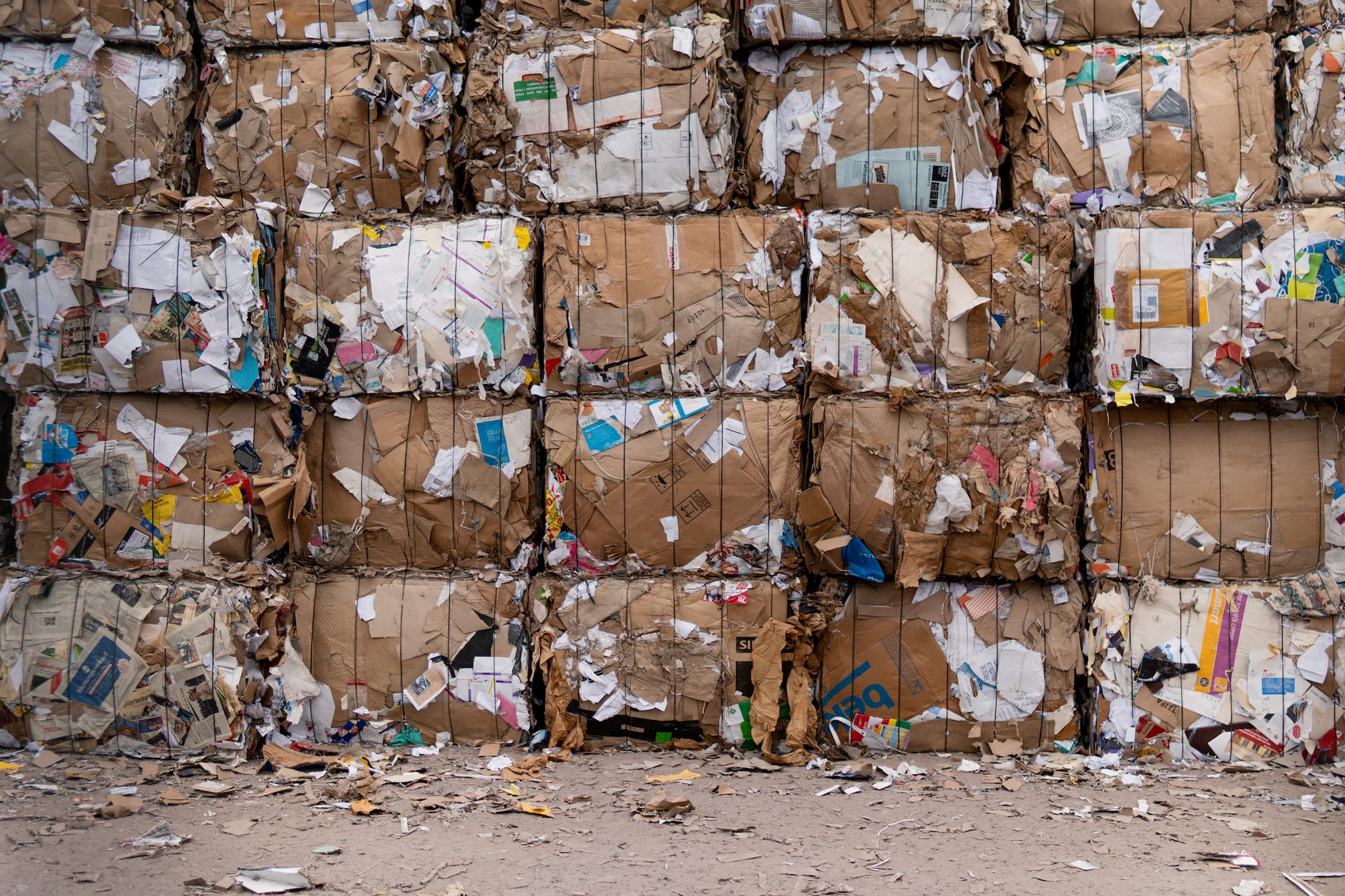
Hazardous Waste Management System PPT | Download PPT
Hazardous waste management is a critical aspect of environmental stewardship, ensuring the safe handling, treatment, and disposal of materials that pose potential risks to human health and the environment. This comprehensive guide will delve into the complexities and importance of managing hazardous waste effectively.
Introduction to Hazardous Waste Management
Defining Hazardous Waste
Hazardous waste encompasses various materials generated from industrial processes, healthcare facilities, and households. These materials exhibit characteristics that make them potentially harmful to human health or the environment.
Importance of Managing Hazardous Waste
Proper management of hazardous waste is paramount to prevent environmental contamination, safeguard public health, and ensure sustainable living conditions for future generations.
Types of Hazardous Waste
Hazardous waste comes in diverse forms, including chemicals, solvents, batteries, and medical waste. Understanding their classification and characteristics is crucial for effective handling and disposal.
Classification and Examples
Materials are classified as hazardous waste based on their properties, such as toxicity, flammability, reactivity, and corrosiveness. Examples include heavy metals, pesticides, and radioactive materials.
Characteristics of Different Hazardous Wastes
Each type of hazardous waste presents unique risks and challenges. Exploring their specific characteristics aids in devising appropriate management strategies.
Environmental Impact of Improper Waste Management
Improper handling and disposal of hazardous waste can lead to severe environmental repercussions, including pollution of air, water, and soil.
Pollution and Its Consequences
The release of hazardous substances into the environment can contaminate water sources, affect biodiversity, and pose long-term health risks to ecosystems and communities.
Risks to Ecosystems and Human Health
Exposure to hazardous waste can result in acute or chronic health issues, ranging from respiratory problems to neurological disorders, impacting both wildlife and human populations.
Regulations and Laws Governing Hazardous Waste
Various regulations and laws at international and local levels govern the management and disposal of hazardous waste, aiming to ensure responsible practices and minimize environmental harm.
Overview of International and Local Regulations
Entities like the Environmental Protection Agency (EPA) and international conventions like the Basel Convention establish guidelines for managing hazardous waste globally.
Compliance and Consequences of Non-Compliance
Compliance with these regulations is crucial. Non-compliance can lead to legal penalties, reputational damage, and adverse impacts on the environment.
Hazardous Waste Management Strategies
Several strategies are employed to manage hazardous waste, focusing on prevention, reduction, treatment, and safe disposal methods.
Prevention and Reduction Methods
Efforts to minimize hazardous waste generation through recycling, process modification, and efficient resource utilization are essential for sustainable waste management.
Treatment and Disposal Techniques
Technological advancements enable the safe treatment and disposal of hazardous waste, including methods like incineration, chemical neutralization, and secure landfilling.
Challenges and Barriers in Implementing Effective Systems
Despite progress, several challenges hinder the implementation of effective hazardous waste management systems.
Economic, Social, and Logistical Challenges
Financial constraints, lack of infrastructure, and societal behaviors pose hurdles to establishing robust waste management systems.
Public Awareness and Participation
Educating the public about the importance of proper waste disposal and fostering community engagement are essential for successful waste management.
Toolbox Talk Meeting on PPE | Download PPT
Standard Operating Procedure PPT | Download PPT | Safe Operating Procedure (SOP)
Risk Management PPT | Download PPT
COVER LETTER | RESUME/CV/BIODATA | OFFER LETTER | DOWNLOAD FORMAT
Best Cover Letter for Job Application | Download Cover Letter
Conclusion
Hazardous waste management is integral to preserving our environment and safeguarding human health. Adhering to regulations, adopting innovative technologies, and fostering public awareness are key pillars in managing hazardous waste effectively.
FAQs (Frequently Asked Questions)
- What is considered hazardous waste?
- Hazardous waste includes materials that are toxic, flammable, reactive, or corrosive, posing risks to health or the environment.
- Why is proper hazardous waste management important?
- Proper management prevents environmental contamination and protects human health from the harmful effects of hazardous materials.
- What are the primary challenges in hazardous waste management?
- Challenges include economic constraints, lack of infrastructure, and the need for greater public awareness and participation.
- How can technology improve hazardous waste management?
- Technology enables better monitoring, treatment, and disposal methods, contributing to more sustainable waste management practices.
- What does the future hold for hazardous waste management?
- Anticipated advancements in technology and regulations offer opportunities for more efficient and sustainable waste management systems.
























